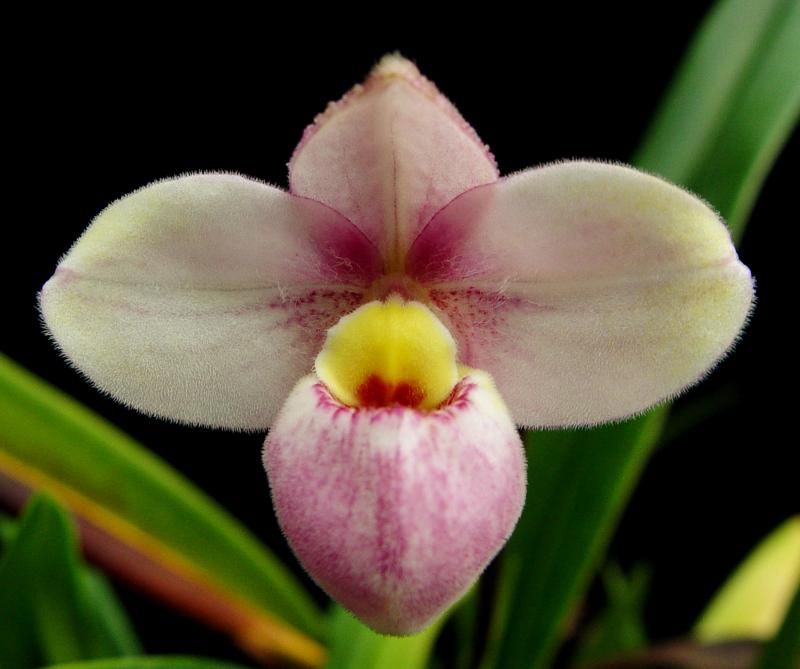eteson
Phragmad
The differences between manzurii and schlimii are usually not so obvious and it is not easy to put a sharp line between the two “species”. When you see a true manzurii it is clear that it is something different from schlimii but it is much more usual to find plants that are in between the two end members and sharing characteristics from both… Olaf Gruβ named this entities x Colombianum and proposed it being a natural hybrid of manzurii X schlimii and described it as very rare in nature. During the last years we have found that this is more common that initially was thought and I am thinking that it could be not the natural hybrid but something evolving from a common antecessor because manzurii and schlimii end members do not share habitat. These middle members are usually sold as manzurii here in Colombia and I think that some of the “manzurii” that have reached Europe and the US are not the true thing. I´ve been “hunting” true manzurii plants for a while and so far I have got only three (of about 30 that I got labelled as manzurii...).
I have noticed that the staminode trends to be inverted heart shaped if grown cold and trends to be squarer if grown warm to hot. The more characteristic feature of the “manzurii end member” is the pouch shape, especially the upper part around the pouch “hole”… it tends to be acute and with small dentations while in schlimii it tends to be more globular, flat in the upper part and with less evident dentations.
Yesterday a friend arrived to my house with a nice gift… it is the closest plant to the manzurii holotype I’ve never seen. And looking the pictures it is easier understand what a true manzurii is.




I have noticed that the staminode trends to be inverted heart shaped if grown cold and trends to be squarer if grown warm to hot. The more characteristic feature of the “manzurii end member” is the pouch shape, especially the upper part around the pouch “hole”… it tends to be acute and with small dentations while in schlimii it tends to be more globular, flat in the upper part and with less evident dentations.
Yesterday a friend arrived to my house with a nice gift… it is the closest plant to the manzurii holotype I’ve never seen. And looking the pictures it is easier understand what a true manzurii is.































